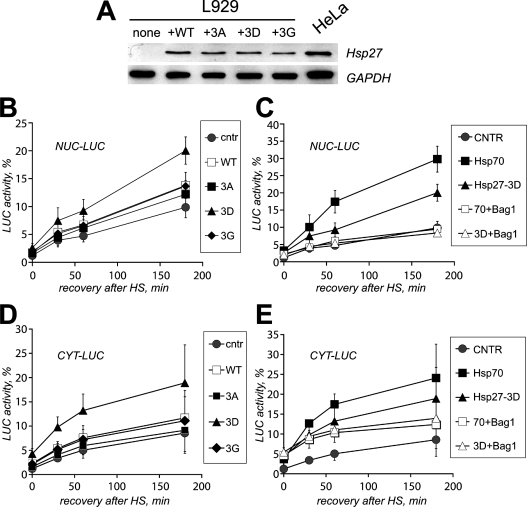Figure 5. Hsp27 overexpression enhances refolding of heat-inactivated luciferase reporter in L929 cells.
L929 cells lacking endogenous Hsp25 were transiently transfected with plasmids encoding EGFP-tagged nuclear luciferase (A–C) or cytosolic luciferase (D, E) and co-transfected with an empty plasmid (CNTR) or with plasmids encoding WT human Hsp27 or its mutants Hsp27-3A (3A), Hsp27-3G (3G), or Hsp27-3D (3D). (A) Expression levels of WT Hsp27 and its mutants in L929 upon transient transfection as detected by Western blotting (upper lanes). Transfection efficiencies were equal for all plasmids used. Extracts of HeLa cells, naturally expressing moderate levels of human Hsp27, are provided as a positive control. Immunostaining for GAPDH (glyceraldehyde-3-phosphate dehydrogenase) was used to demonstrate equal loading between lanes (bottom panel). (B) L929 cells expressing nuclear luciferase were heated (30 min at 43 °C) and cells were lysed 0–180 min after heating. CHX (cycloheximide, 20 μg/ml) was added just prior to heating to prevent new luciferase synthesis. Recovery of luciferase activity is indicated for L929 cells co-transfected with an empty vector (●) or co-transfected with WT human Hsp27 (□), Hsp27-3A (■), Hsp27-3G (♦), and Hsp27-3D (▲). Activity was calculated as a percentage of the initial luciferase activity before heat shock. (C) Same as (B), but here recovery of nuclear luciferase activity is depicted for cells co-transfected with an empty vector (●), Hsp27-3D alone (▲), Hsp27-3D and Bag-1 (Δ), Hsp70 alone (■) and Hsp70 and Bag-1 (□). (D) Same as (B), now showing recovery of cytosolic luciferase activity (CYT-LUC). (E) Same as (C), now showing recovery of cytosolic luciferase activity (CYT-LUC).

